
Ever wondered about the world's oldest temples, standing as silent witnesses to centuries of history? Ready to explore their ancient charm and stories?
Join me in discovering 10 of the most ancient temples worldwide.
Are you ready to step into the past and unravel the mysteries of these timeless architectural wonders?
Map of Oldest Temples
What's In This Post?
1. Palace of Knossos
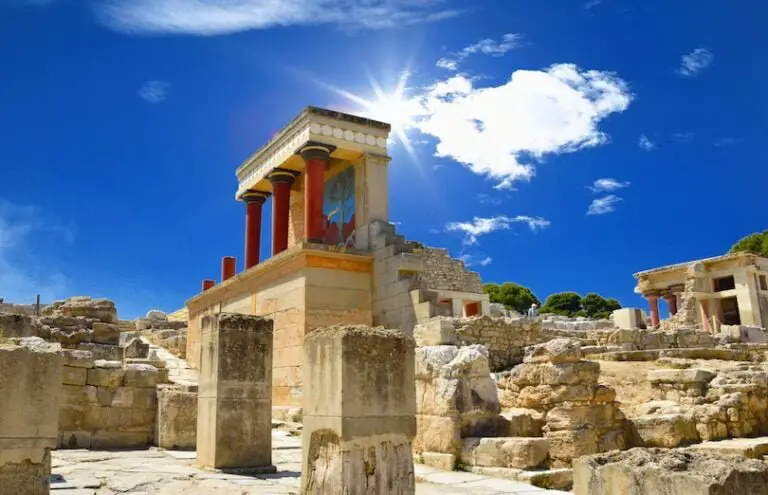
The Palace of Knossos is an archaeological marvel located on the island of Crete in Greece. It holds a special place in history as one of the most significant Minoan palaces.
Built during the Bronze Age, the palace is shrouded in mystery and mythology, making it a captivating destination for history enthusiasts, archaeologists, and tourists alike.
This ancient site is associated with the legendary King Minos and the mythical Minotaur, which adds an extra layer of intrigue to the place.
The Palace of Knossos features a labyrinthine layout with intricate architecture, vibrant frescoes, and advanced engineering for its time.
Visitors can explore its various chambers, courtyards, and corridors while trying to decipher the secrets it still holds.
2. Gobekli Tepe
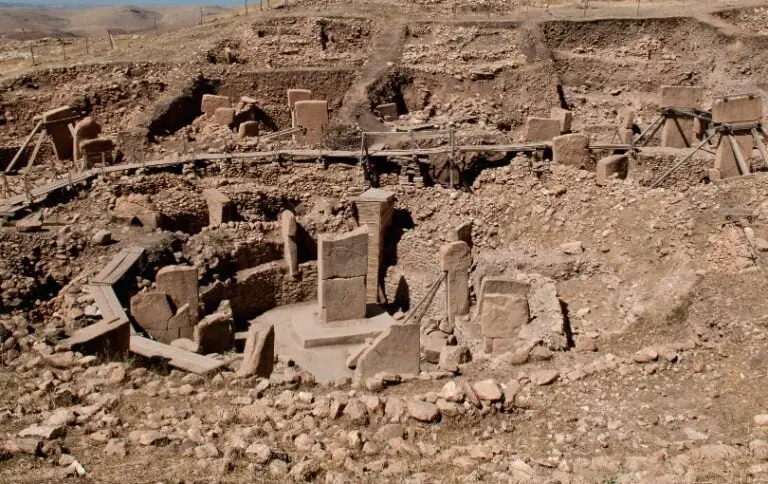
Göbekli Tepe, located in modern-day Turkey, is often considered one of the most remarkable archaeological discoveries of our time.
This ancient site challenges our understanding of human history and the development of civilization.
Göbekli Tepe predates Stonehenge by thousands of years and was built by hunter-gatherer societies, making it even more fascinating.
At Göbekli Tepe, visitors will find a series of massive stone pillars arranged in circular formations.
These pillars are intricately carved with animal motifs and symbols.
The purpose of this site remains a subject of debate among archaeologists and historians.
Some believe it was a religious or ceremonial center, while others think it may have served as a place of communal gatherings.
3. Temple of Amada

The Temple of Amada, situated in the heart of Nubia, near the shores of Lake Nasser, is a captivating testament to ancient Egyptian architecture and spirituality. It's one of the oldest temples in Egypt, with a history dating back to the New Kingdom period.
Visitors to the Temple of Amada will be mesmerized by its well-preserved and beautifully decorated walls.
The temple is dedicated to the god Amun-Re and Ra-Horakhty, and it features intricate carvings and hieroglyphics that depict scenes from Egyptian mythology and history.
The temple also offers a glimpse into the political and religious landscape of ancient Egypt during its construction.
4. Ggantija Temples
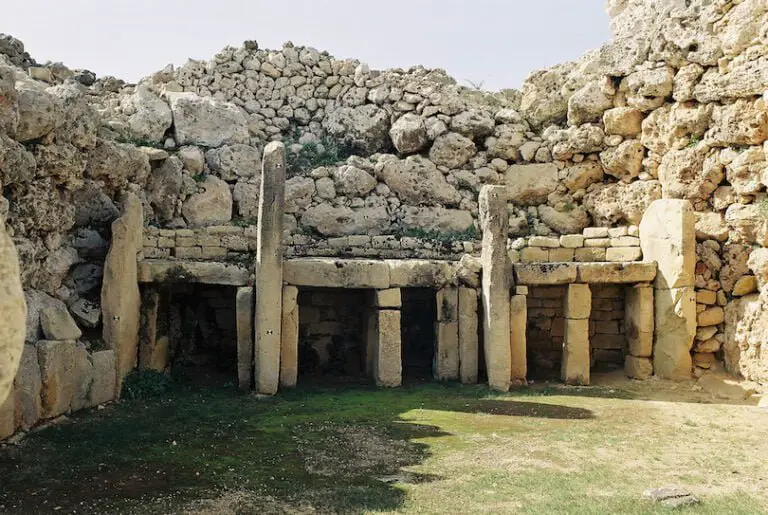
The Ggantija Temples, located on the Maltese island of Gozo, are a remarkable example of prehistoric megalithic architecture.
These temples are among the world's oldest free-standing stone structures, predating the construction of the Egyptian pyramids and Stonehenge.
Visiting the Ggantija Temples is like stepping back in time to an era when the people of Malta built colossal stone structures without the aid of advanced tools or machinery.
The temples consist of two main structures, and their purpose remains somewhat of a mystery, though it is believed they were used for religious and ceremonial purposes.
The intricate carvings, massive stone blocks, and the sense of awe-inspiring antiquity make the Ggantija Temples a must-visit for anyone interested in ancient history and architecture.
5. Hagar Qim and Mnajdra
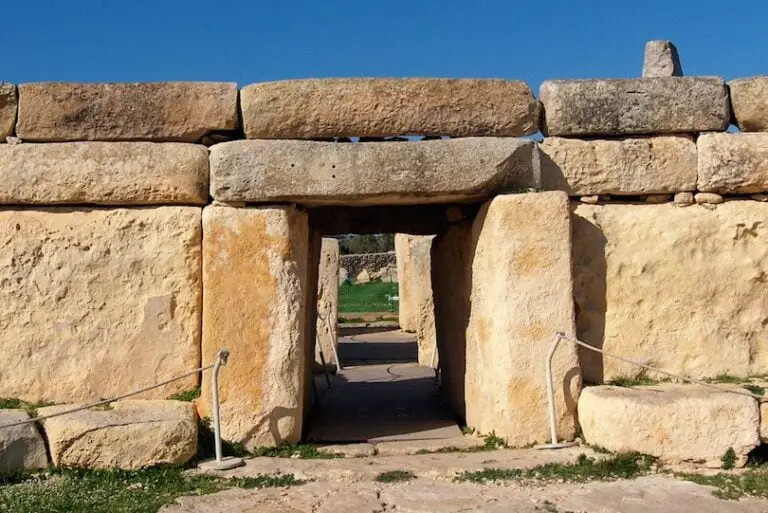
Hagar Qim and Mnajdra are two prehistoric temples located on the Mediterranean island of Malta.
These megalithic structures have earned a place on the UNESCO World Heritage List for their historical and architectural significance.
Hagar Qim is the larger of the two temples, and it is believed to have been constructed around 3600-3200 BC.
Mnajdra, on the other hand, consists of three separate temples and dates back to around 3150-2500 BC. Both sites are known for their awe-inspiring limestone structures, intricate carvings, and the unique atmosphere that surrounds them.
Visitors to Hagar Qim and Mnajdra can explore the ancient history of Malta and appreciate the architectural skills of the people who built these temples over 5,000 years ago.
The site provides a fascinating glimpse into the religious and cultural practices of prehistoric societies on the island.
6. Temple of Seti I
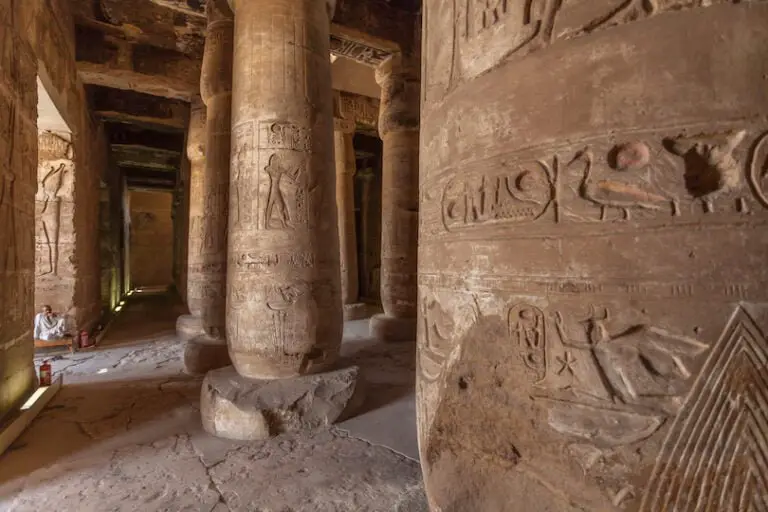
The Temple of Seti I, located on the west bank of the Nile River in Luxor, Egypt, is a magnificent testament to ancient Egyptian architecture and religious devotion. It was constructed during the New Kingdom period, dedicated to the Pharaoh Seti I and the god Amun-Re.
This temple is a stunning example of the precision and grandeur of Egyptian construction. Its walls are adorned with intricate carvings and hieroglyphics that tell the stories of the pharaoh's reign and the religious rituals performed there.
The hypostyle hall, with its massive columns, is a highlight, demonstrating the remarkable architectural skills of the time.
Visiting the Temple of Seti I offers a glimpse into the religious and political life of ancient Egypt, as well as the remarkable craftsmanship and artistry of the period.
7. Hypogeum
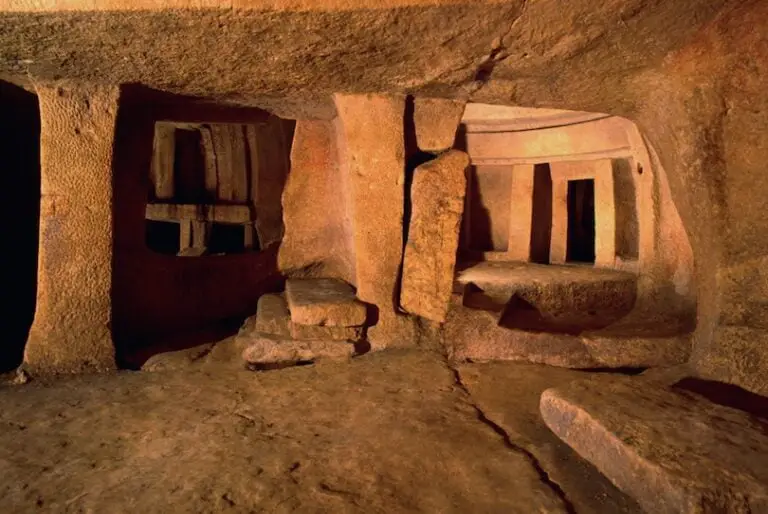
The Hypogeum, a subterranean temple located on the island of Malta, is a unique and mysterious site that has baffled archaeologists and historians for centuries.
Dating back to around 3600-2500 BC, it is one of the earliest known examples of underground architecture.
The Hypogeum's purpose remains a subject of debate. Some believe it was used for burial rituals, while others think it served as a place for religious ceremonies and oracles.
What makes the Hypogeum even more intriguing is its acoustic properties; the underground chambers create unique sound effects when voices are raised, adding to the enigmatic aura of the site.
Visiting the Hypogeum is a journey into Malta's prehistoric past, offering an opportunity to marvel at the underground marvels created by ancient civilizations.
8. Temple of Hatshepsut
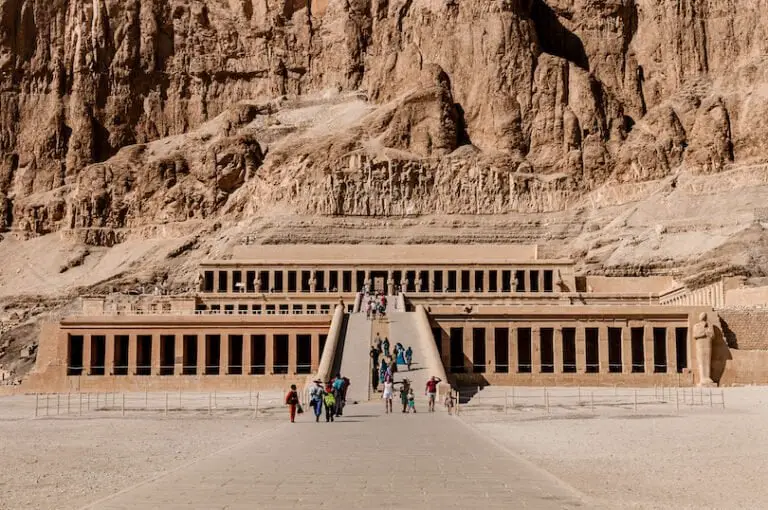
The Temple of Hatshepsut, located in Deir el-Bahari near Luxor, Egypt, is a monumental structure dedicated to Queen Hatshepsut, one of ancient Egypt's most powerful and successful pharaohs.
Built during the 15th century BC, this temple is a masterpiece of ancient Egyptian architecture.
Visitors to the Temple of Hatshepsut will be captivated by its unique design, which consists of terraced colonnades with stunning statues, murals, and hieroglyphics that narrate the queen's remarkable life and accomplishments.
The temple's location against the backdrop of the Theban cliffs adds to its breathtaking beauty.
This site offers a remarkable opportunity to learn about the history and accomplishments of Queen Hatshepsut and to explore the religious and political landscape of ancient Egypt.
9. Luxor Temple
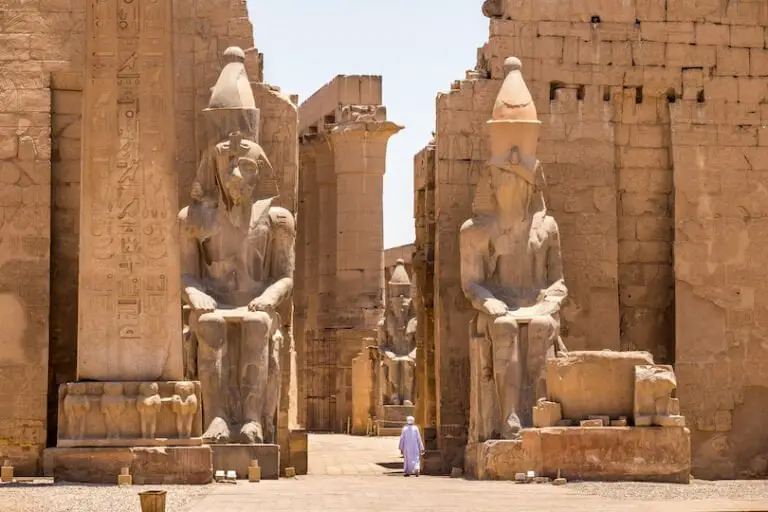
The Luxor Temple, situated on the east bank of the Nile River in Luxor, Egypt, is a grand testament to ancient Egyptian religious practices and architecture. It was built over several centuries, starting in the 14th century BC, and served as a center for worship and religious festivals.
The Luxor Temple is renowned for its colossal statues, monumental pylons, and the grandeur of its halls and courtyards.
The temple was dedicated to the god Amun and played a crucial role in the annual Opet Festival, during which the statues of Amun, Mut, and Khonsu were paraded between Luxor and Karnak temples.
Visiting the Luxor Temple allows visitors to immerse themselves in the religious and cultural aspects of ancient Egypt, as well as marvel at the architectural achievements of the time.
10. Stonehenge
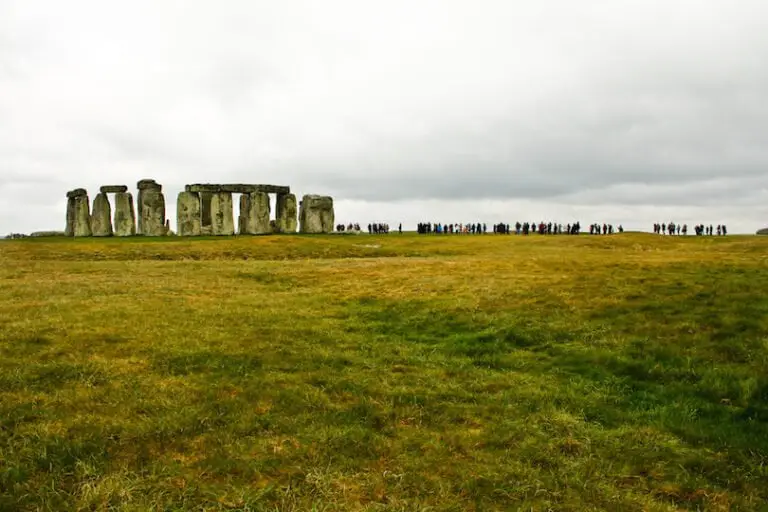
Stonehenge, located on Salisbury Plain in Wiltshire, England, is one of the world's most iconic and enigmatic archaeological sites.
This prehistoric monument, constructed around 2500 BC, consists of massive standing stones arranged in a circular pattern.
Stonehenge's purpose has been the subject of much speculation and debate. While its exact function remains a mystery, it is widely believed to have had religious or ceremonial significance.
The precision with which the stones were placed and the alignment with astronomical events such as the summer and winter solstices add to the site's intrigue.
Visiting Stonehenge is a journey into the mysteries of ancient Britain. It offers an opportunity to contemplate the cultural and technological achievements of the time, as well as the enduring fascination that this enigmatic monument continues to hold for people around the world.
Thanks for reading!
I hope this list of the oldest temples in the world helps you appreciate the rich history and cultural significance of these remarkable structures.
Feel free to ask any questions you might have in the comments, and I'll be happy to assist. Once you've had the chance to explore these ancient temples, we'd love to hear your thoughts and impressions.
If you've found this information valuable, please consider supporting us by sharing it on social media. Your support allows us to continue sharing insightful travel guides like this one.